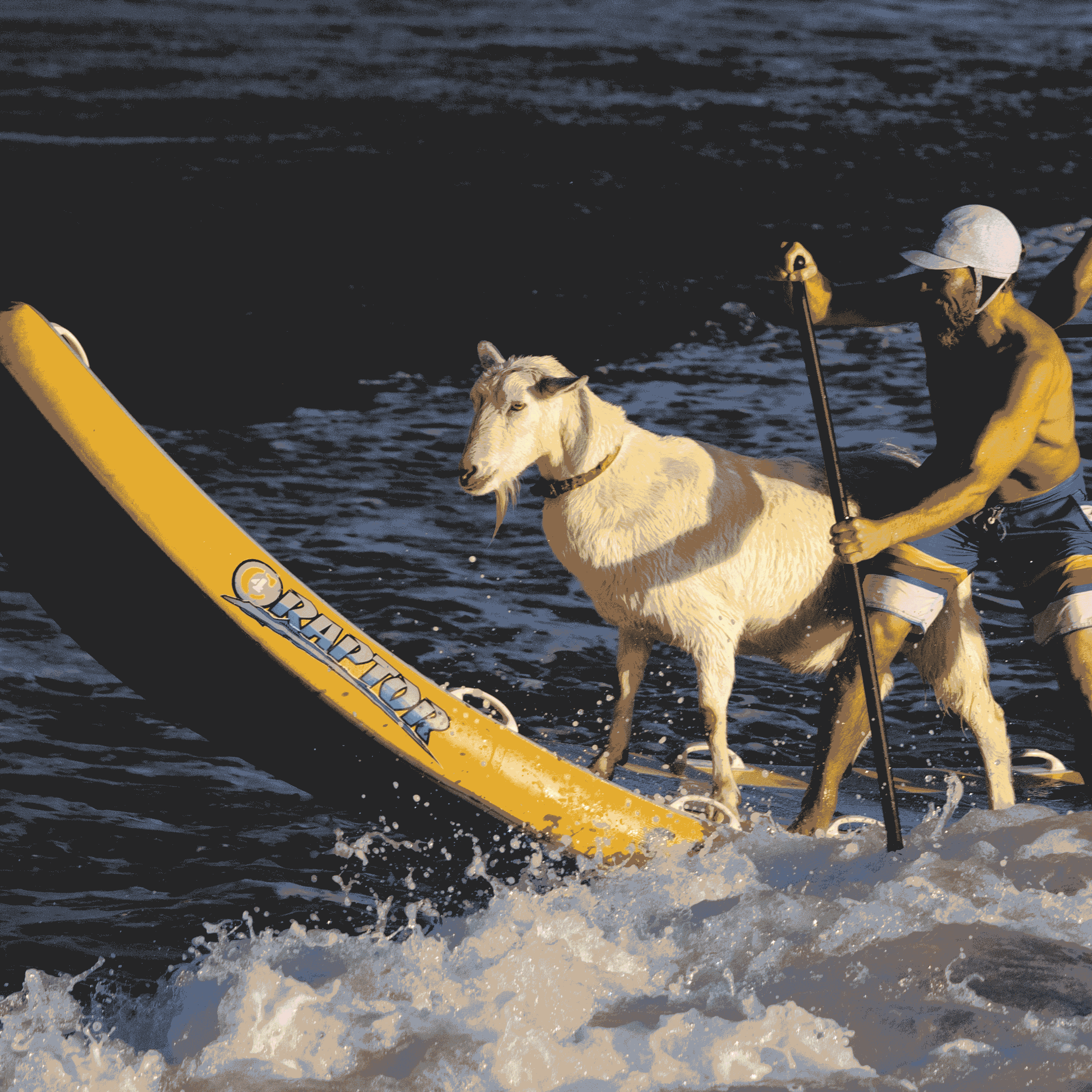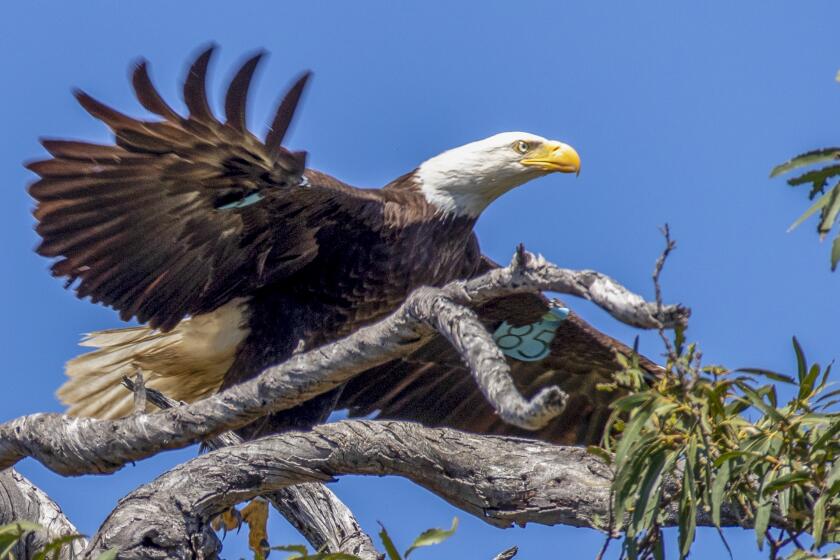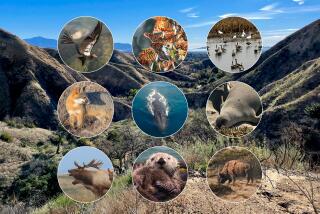Citizen scientists mobilize for annual Christmas Bird Count
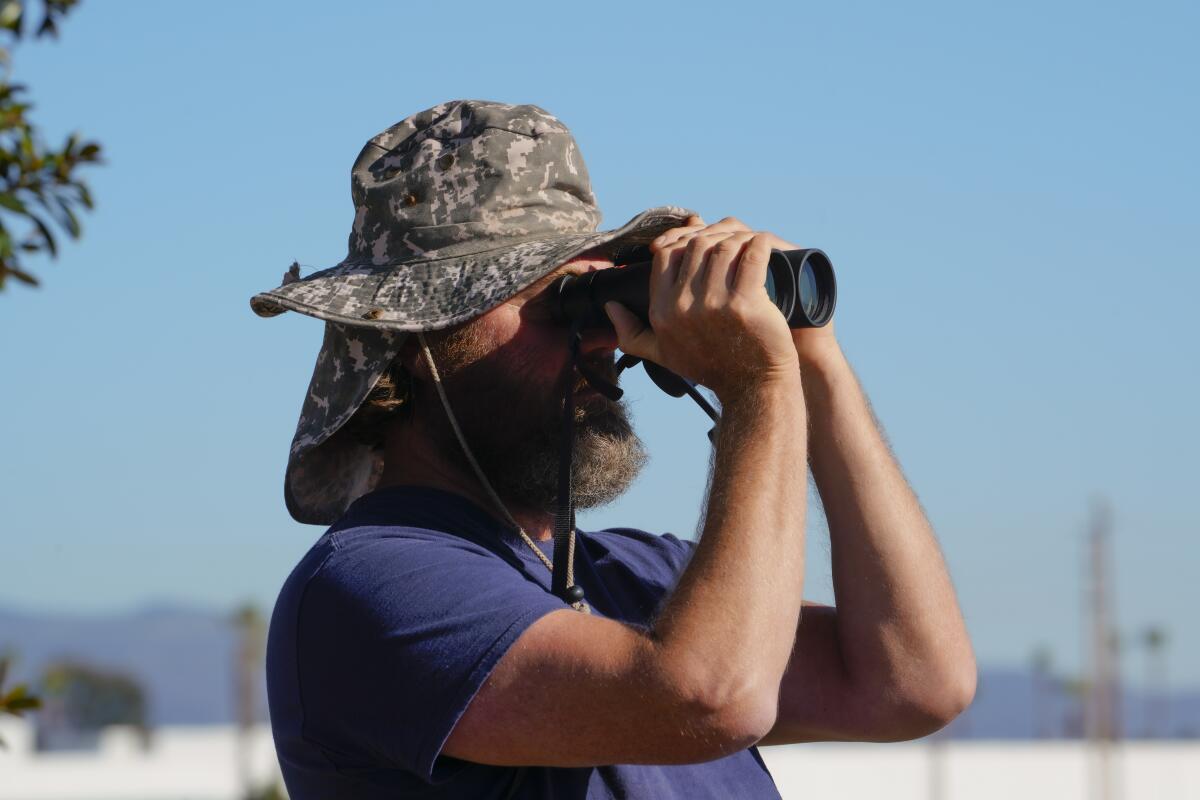
SAN DIEGO — The holidays aside, it’s the most wonderful time of the year for San Diego’s most dedicated, self-described bird nerds.
On Saturday morning, 140 of them fanned out in birding parties from the tip of Point Loma to the South Bay and east into Bonita to comprehensively document the region’s bird population.
Their wildlife adventures, locally orchestrated by the San Diego Audubon Society, are part of what’s known as the Christmas Bird Count. The nationwide science project is in its 122nd year and extends across three weeks in December and January. The project asks professional ornithologists and hobbyist bird watchers to compile a place-in-time count of every bird they can find in their community.
Regional data is validated by a local expert, entered into the digital platform eBird and later analyzed by researchers at Cornell University.
“The data then informs policy, as well as paints a picture of how our bird population is doing across the county in different areas,” said Travis Kemnitz, who is executive director of the San Diego chapter of the National Audubon Society. “The general public will probably see a lot of people with cameras and binoculars, and ... have no clue that there’s this massive science effort going on.”
The local chapter is specifically focused on a 15-mile-diameter circle, centered on the Sweetwater River in Chula Vista. The circle extends south to the Tijuana River Valley, north to Balboa Park, east to the Sweetwater Reservoir and west 6 miles offshore.
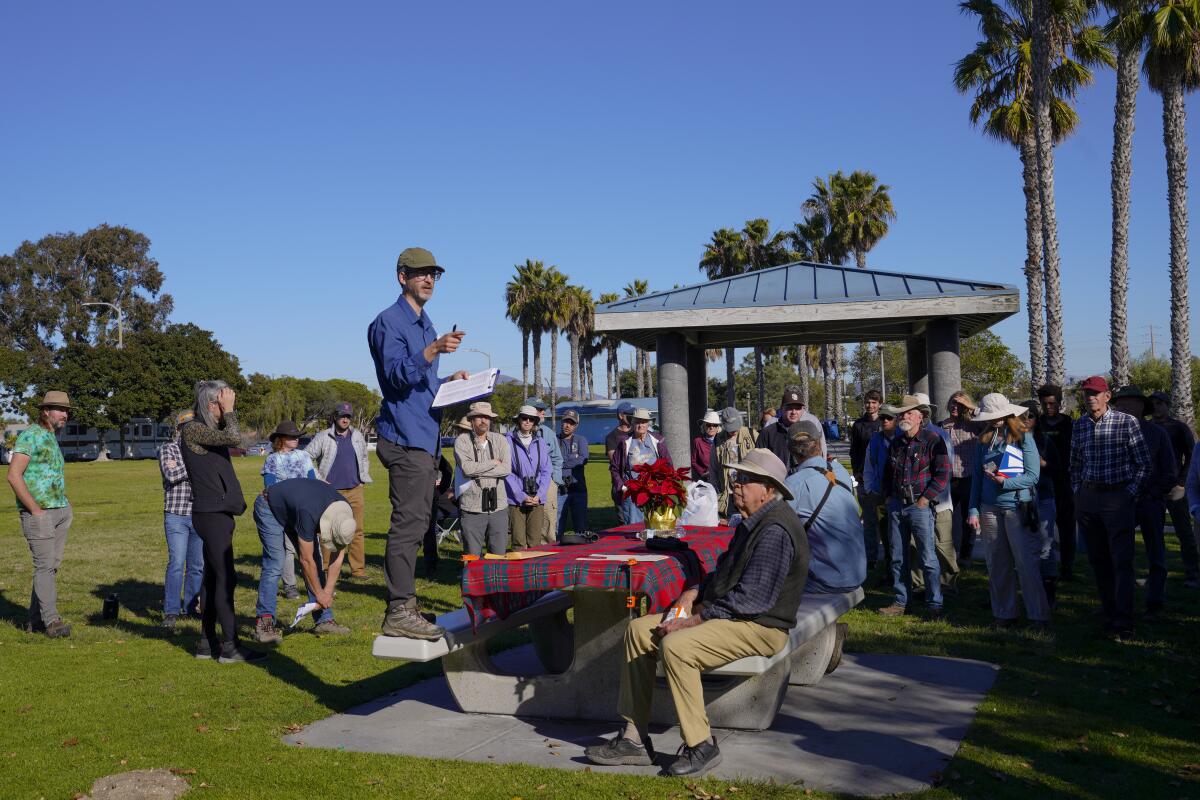
So far, this year’s count has yielded 207 different species, said Justyn Stahl, the 41-year-old North Park resident and wildlife biologist who coordinates the event. Stahl, who is responsible for compiling the local data, said the preliminary total will grow as teams work to find missing species. Last year, San Diego’s Christmas Bird Count documented 220 species, which was the second-most diverse count of more than 2,400 recorded in the Western Hemisphere, the nonprofit said.
Of note this year, a nonnative species resurfaced in a new locale, Stahl said.
“The Swinhoe’s white-eye is an East Asian bird that was introduced in Los Angeles and Orange County, probably by accident,” he said. “Last year, for the first time, somebody recorded four at Kimball Park in National City. This year, they were there and in Coronado for the first time.”
Enjoy the great outdoors by joining a nature hunt at Sand to Snow National Monument, hiking to Rocky Peak in the Simi Hills or celebrating birds during the Great Backyard Bird Count.
The survey extends into the waters off San Diego’s coastline, where teams spotted an abundance of surf scoter sea ducks and black brant geese, as is often the case. However, one species of water bird was noticeably absent during Lesley Handa’s 3½-hour tour of the South Bay. The experienced, part-time ornithologist, who works as geographer at Camp Pendleton, is the area leader for the Christmas Bird Count’s San Diego Bay section.
At 7 a.m., the 42-year-old East County resident set off in a small boat from Pepper Park in National City, traveled south to the South Bay Salt Works and looped around the bay, covering the water region south of the San Diego-Coronado Bay Bridge. In total, she counted 2,956 birds and 24 species.
“One of the bird species that I did not see ... was the redhead duck. They only occur in some areas in San Diego County, and San Diego Bay is one of the areas that they like,” said Handa, who is also a San Diego Audubon Society board member and has been participating in the count since 2011.
The duck was, however, spotted by a different group somewhere else, which speaks to the significance of all of the citizen scientists who show up every year.
San Diego’s central and South County Christmas bird count concluded Saturday, but the data-compiling continues elsewhere, with birders trekking around Anza-Borrego Desert State Park on Sunday and Lake Henshaw on Monday. Bird counts are also scheduled for Oceanside, Rancho Santa Fe and Escondido between Dec. 26 and Jan. 2.
New Interior Secretary Deb Haaland announces that bald eagle numbers have soared over the last several years and touts the Endangered Species Act.
More to Read
Sign up for Essential California
The most important California stories and recommendations in your inbox every morning.
You may occasionally receive promotional content from the Los Angeles Times.
